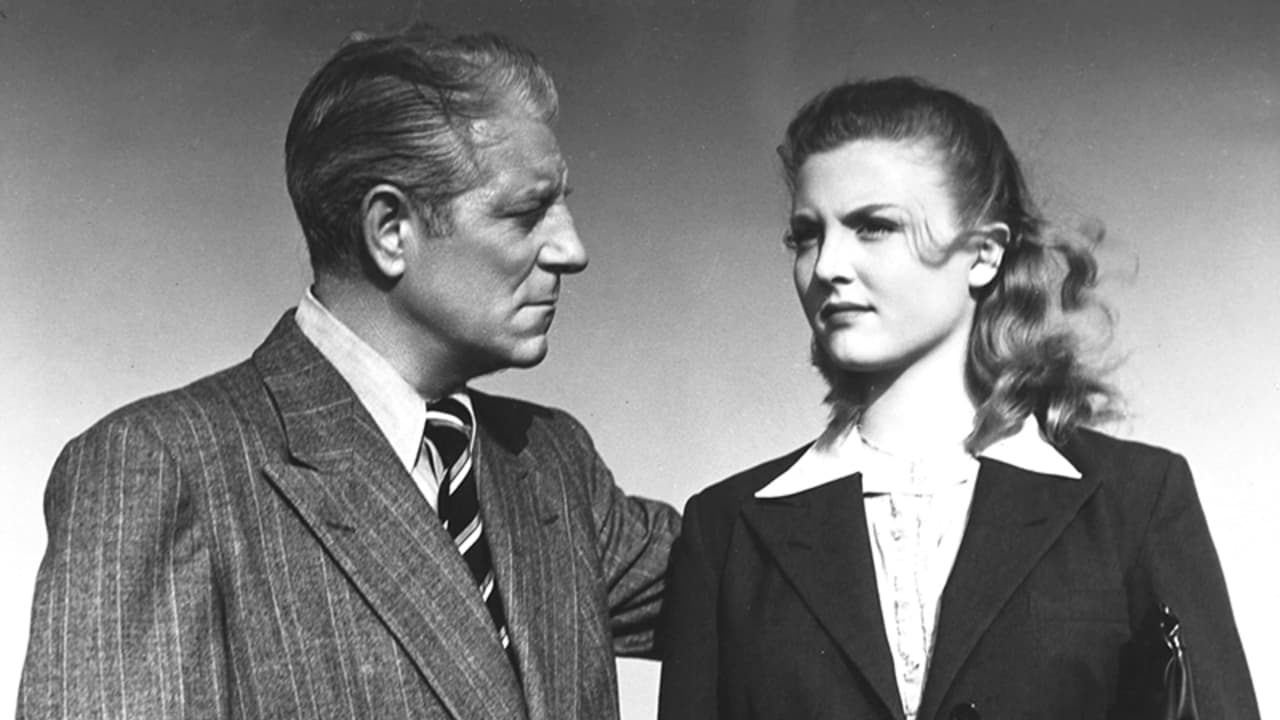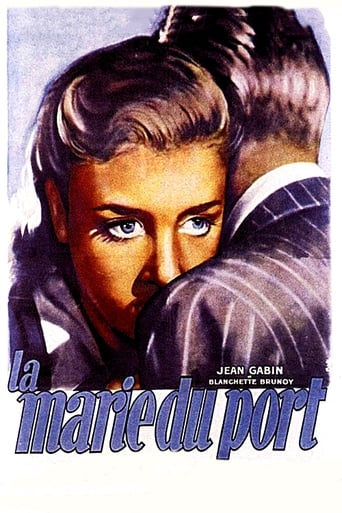



Too many fans seem to be blown away
Save your money for something good and enjoyable
Expected more
Mostly, the movie is committed to the value of a good time.
View MoreA previous poster said it all and succinctly; Carne sans Prevert is like Rodgers without Hart. Of course no film that stars Jean Gabin, features Louis Seigner (grandfather of Emmanuelle and Mathilde) and is directed by Marcel Carne could ever be totally bad it's just that the potential for greatness has been missed. Another poster made the pertinent remark that when Georges Simenon abandons the subject of murder/crime his books - and by extension the films made from them - tend to be duller. What we have here is a protagonist (Gabin) around fifty or so, owner of a bar/restaurant/club and a cinema and an eye for the ladies. As is to be expected Carne frames his shots in an interesting way and the black and white photography makes for some reasonable light-and-shadow effects but there's not a lot more than that on offer.
View MoreCarne was strong in making images, but did not have a gift for using dialogue that wasn't the most scintillating, but could be made lively (see as an example most of Truffaut's films). This picture has not stood the test of time, like most of those Carne made from 1945 on. Simenon always poses a problem for directors when there is no murder, just a character study as here, and Carne seems lost.His star is at the top of his form, but that doesn't say much when Gabin only has to appear a little grumpy. When he sees his wife in bed with another man, it's just an occasion for some mildly risqué patter, no violence. The other actors are strictly B-list. Blanchette Brunoy has an agreeable smile and voluptuous body, but not much range. Nicole Courcel, who is supposed to be Gabin's love interest, has an irritating pouty mouth and blank brown eyes. I grew very tired of looking at her.
View MoreImmediate background:"les enfants du paradis" (currently in the top 250)triumphantly reasserted Carne's genius in 1945;it was followed by "les portes de la nuit" which met mixed critical favor :hindsight has done this last great opus justice and it is now looked upon as one of Carné's major works.In 1947,the director began to work on "la fleur de l'age" -another collaboration with Prévert- with the glorious Arletty and the newcomer Anouk Aimée ,but it was never finished (and however there's a page on the IMDb!)and Prevert called it quits .They say that he helped for "la Marie du port" but he is not credited .If he really did,these are his weakest lines ever.Weak lines for a weak screenplay (adapted from a Simenon book which must not be among his best either)...and a weak film .Coming after the absolute masterpiece of the French cinema ("les enfants du paradis")and such a magnificent if flawed work as "les portes de la nuit",it's more than a let down.A thin plot progresses with difficulty and the actors are not convincing:the rich forty-something (Gabin)is Gabin in the part of Gabin;the young leads (Nicole Courcel and Claude Romain) are totally bland :the critics complain that in "les portes de la nuit" Yves Montand and Nathalie Nattier were subpar too,but they had emotion ,enthusiasm -and Prévert 's lines going for them.Marcel,with his dreams of the islands in the sun and the ships who sail away from this rotten world recalls a rehashed theme from "Quai des brumes" (1938)The viewer will find solace in Carné the movie buff:Gabin owns a cinema and we see excerpts from two movies "l'idiot" (Georges Lampin,1945) and chiefly Murnau's "tabu" .The latter might have fitted the film longing for something far away or something pure,had it been integrated to the plot (remember how,in "les enfants du paradis" ,the theater sequences prodigiously mixed with the main plot)Carné pays another tribute to his colleague Jean Gremillon ,by displaying a poster of "pattes blanches " three of four times;Besides,"la Marie du port" sometimes resembles "pattes blanches" (1948)but cannot hold a candle to it.With "la Marie du port" ,Carné enters the second part of his career which is the least interesting.Carné without Prevert is McCartney without Lennon in pop music.
View More